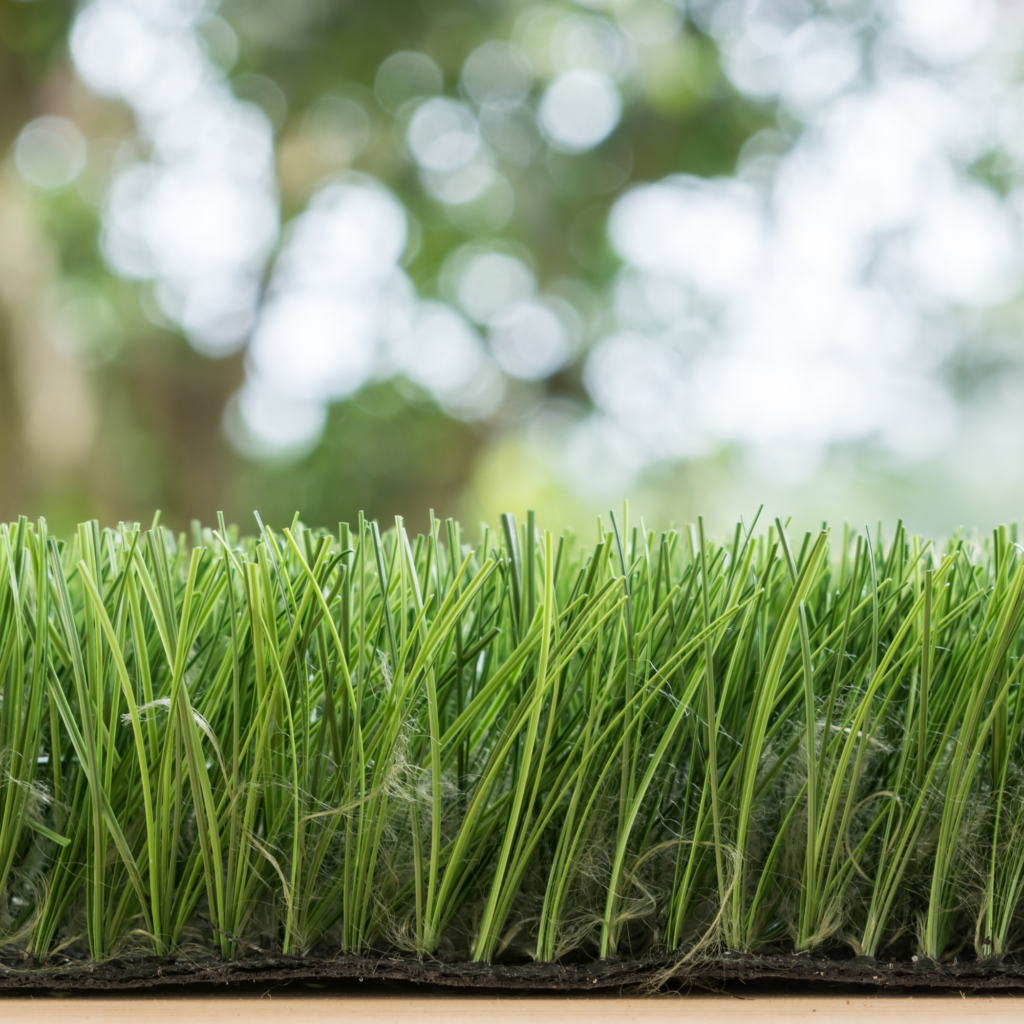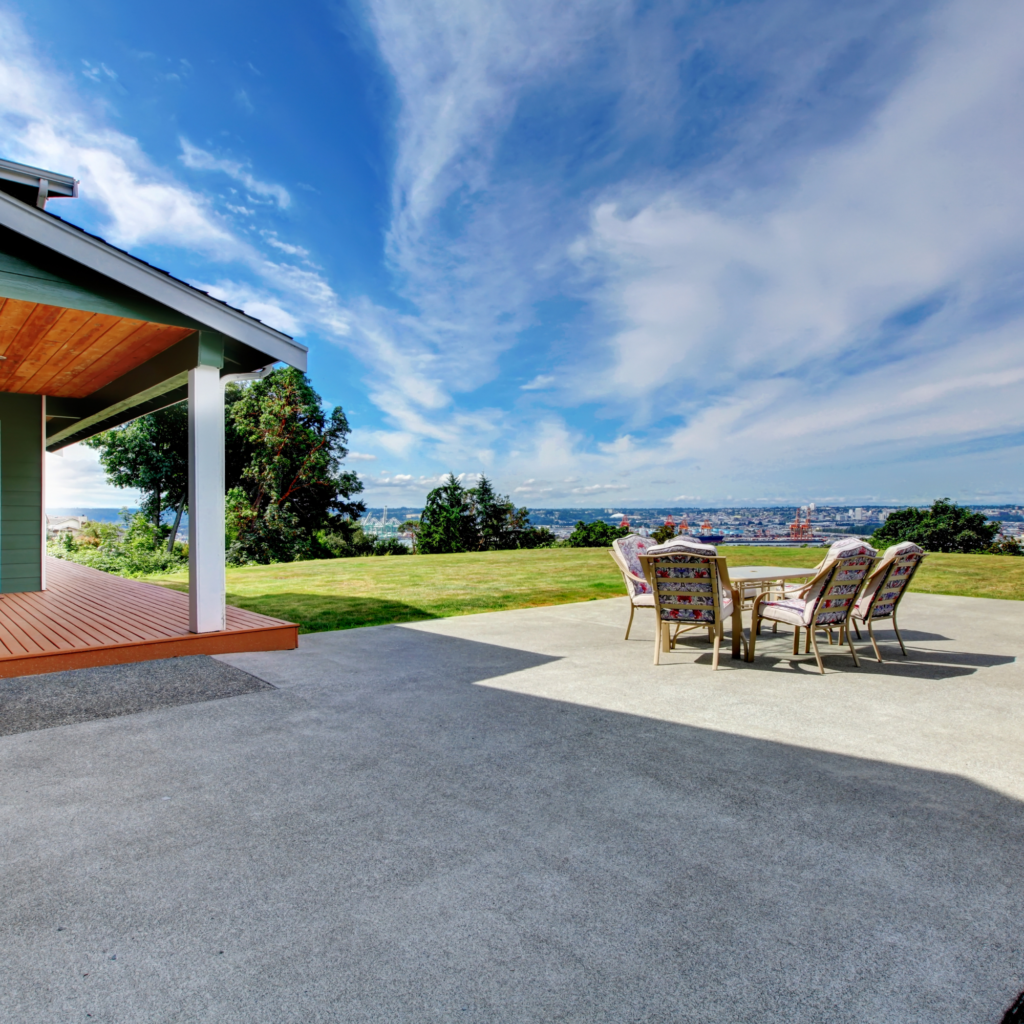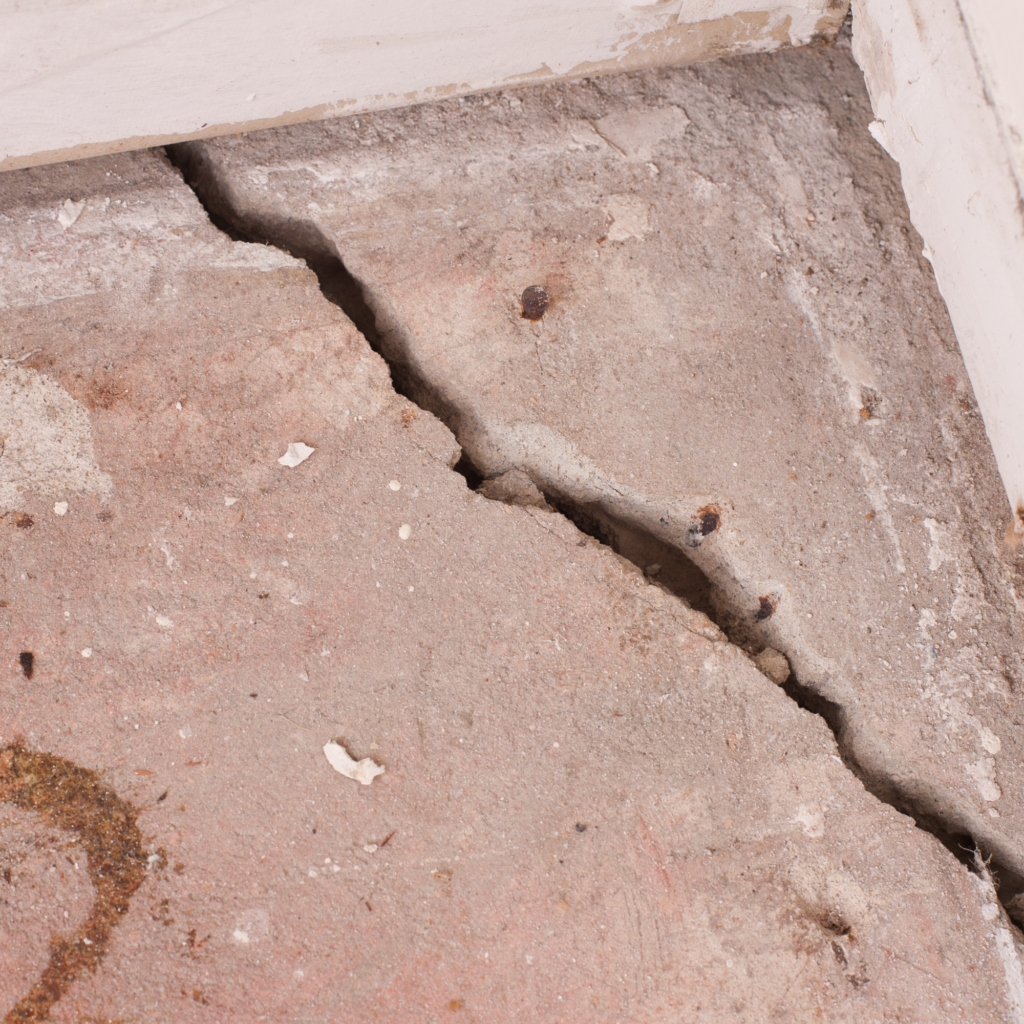Tired of the endless cycle of mowing, watering, and patching up your backyard?
Imagine a lush, green lawn that looks perfect year-round without the hassle. Whether you’re upgrading your outdoor space, creating a pet-friendly area, or designing a sleek poolside retreat, choosing the right artificial turf can transform your backyard into a low-maintenance paradise.
But with so many options out there, how do you make the best choice?
Keep reading to discover the essential tips to find the perfect turf for your needs.
Is It the Right Choice for Your Yard?
Artificial turf has become a go-to solution for homeowners wanting a beautiful, low-maintenance outdoor space. Its lush, evergreen appeal makes it ideal for transforming yards into functional, stylish areas. However, with so many options available, choosing the right turf can feel overwhelming.
Before diving into the selection process, let’s take a step back and explore the benefits and drawbacks of artificial turf. Understanding these pros and cons will help you determine whether it aligns with your vision and ensures your dream backyard becomes a reality.
Let’s uncover how artificial turf can complement—or complicate—your outdoor goals!
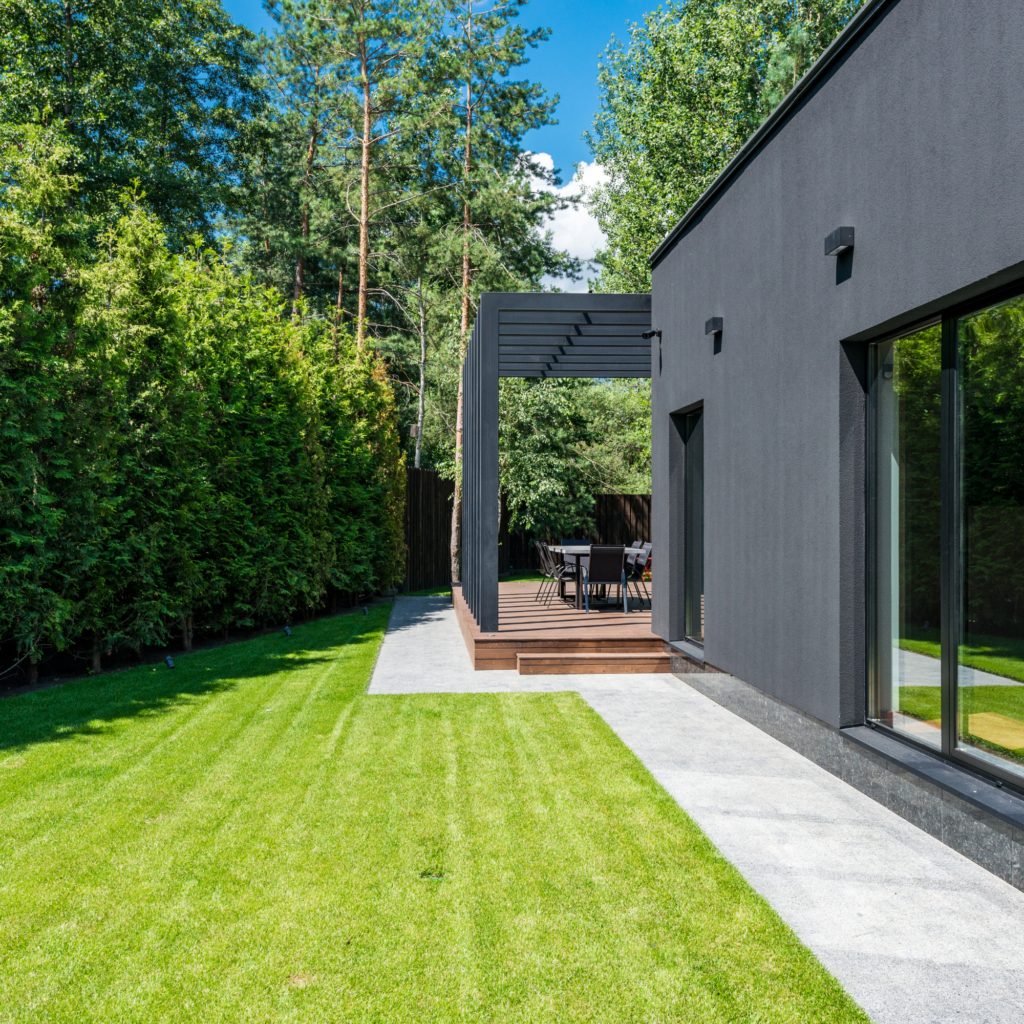
The Perks of Going Artificial
Artificial turf has become a favorite choice for homeowners and businesses alike, thanks to its ability to transform outdoor spaces into beautiful, functional, and hassle-free environments.
Unlike natural grass, artificial turf offers a range of benefits that cater to various needs, from reducing maintenance efforts to enhancing the aesthetic appeal of any area.
Whether you’re looking to upgrade a backyard, create a safe space for kids and pets, or conserve water in drought-prone regions, artificial turf provides a reliable and versatile solution.
Below, we explore the key advantages of artificial turf, showcasing why it’s such a popular option for modern landscapes:
- Low Maintenance:
Artificial turf eliminates the need for mowing, watering, fertilizing, and other upkeep associated with natural grass, saving time and money. - Durability:
Designed to withstand heavy use, artificial turf remains lush and green regardless of weather conditions or foot traffic, making it ideal for high-traffic areas. - Water Conservation:
Since it doesn’t require watering, artificial turf is an eco-friendly option for regions with water restrictions or drought conditions. - Pet and Kid-Friendly:
High-quality turf provides a clean, safe play area for children and pets. Some products even come with antimicrobial protection and excellent drainage to handle pet messes. - Aesthetic Appeal:
Artificial turf maintains a vibrant, well-manicured look year-round, enhancing your property’s curb appeal. - Versatility:
It’s suitable for various applications, including lawns, pool areas, sports fields, and even rooftops or patios.
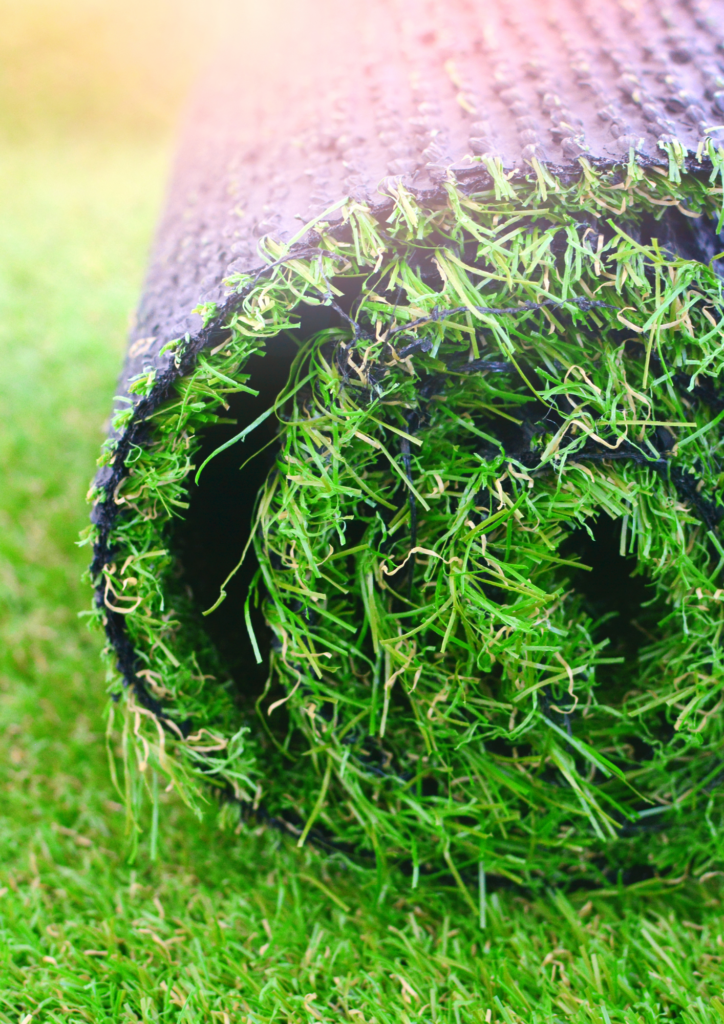
The Flip Side of Artificial Turf
While artificial turf offers numerous benefits, it’s not without its challenges. For all its convenience and aesthetic appeal, there are factors to consider that might impact its suitability for your outdoor space. From upfront costs to environmental concerns, understanding these drawbacks is essential to make an informed decision.
Below, we highlight some of the key disadvantages of artificial turf to help you weigh the pros and cons and determine if it aligns with your long-term goals for your yard.
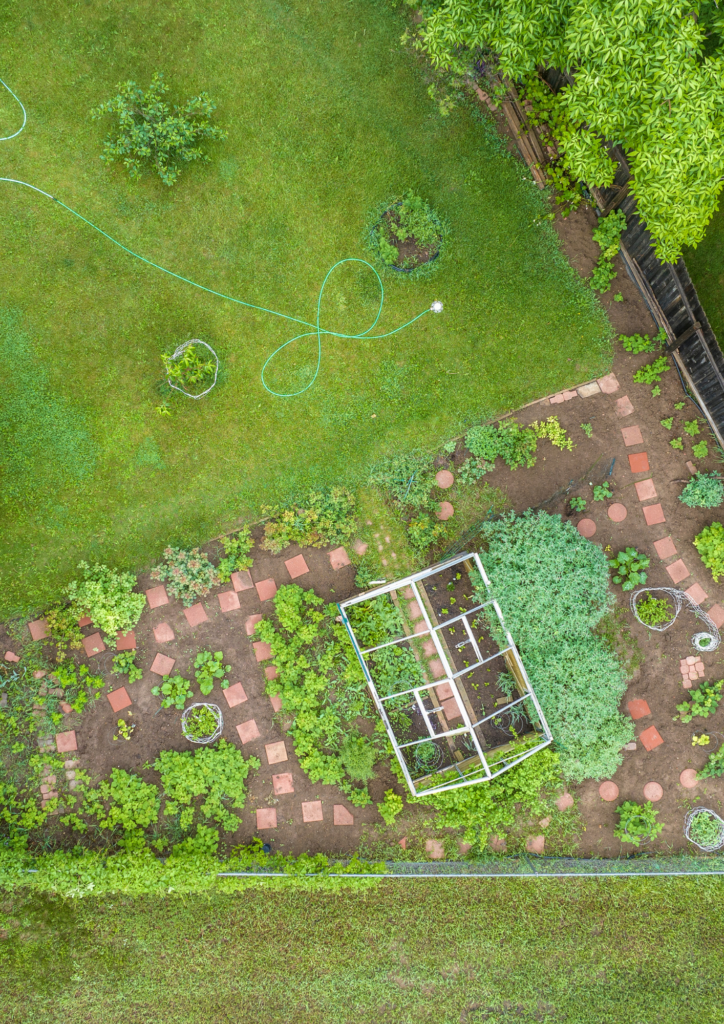
- Initial Cost:
The upfront cost of artificial turf, including materials and installation, can be higher than natural grass. - Heat Retention:
Artificial turf can get significantly hotter than natural grass under direct sunlight, potentially making it uncomfortable for bare feet or pets during summer. - Limited Longevity:
While durable, artificial turf typically lasts 10–20 years before needing replacement, depending on quality and usage. - Environmental Impact:
Manufacturing artificial turf involves synthetic materials, which may not decompose easily, raising environmental concerns. - Maintenance Still Required:
While minimal, artificial turf still requires occasional cleaning to remove debris, odors, or moss buildup. - Lack of Natural Feel:
Despite advancements, artificial turf may lack the softness and cooling effect of natural grass.
Is It Right For You?
Imagine a backyard where laughter echoes as kids and pets play freely on a soft, lush surface that stays vibrant all year round. Artificial turf creates the perfect setting for family barbecues, outdoor movie nights, or simply relaxing under the stars, without the hassle of constant maintenance. No more worrying about muddy footprints, bald patches, or the time-consuming upkeep of natural grass—just a clean, inviting space where moments of connection and joy come naturally.
As you envision transforming your backyard into this stress-free haven, the question arises: Should you tackle the installation yourself or hire a professional to bring your dream yard to life? Let’s explore the options to help you decide which approach suits your needs best.
DIY vs. Professional Installation
DIY artificial turf installation allows homeowners to save on labor costs and enjoy the satisfaction of completing the project themselves. However, it requires time, effort, and knowledge of landscaping techniques, including ground preparation, drainage, and securing the turf.
While ideal for smaller projects, DIY can lead to issues like uneven surfaces or poor drainage if not done correctly. Specialized tools may also be needed, adding complexity. For larger or intricate installations, hiring professionals ensures a polished, durable finish and saves time.
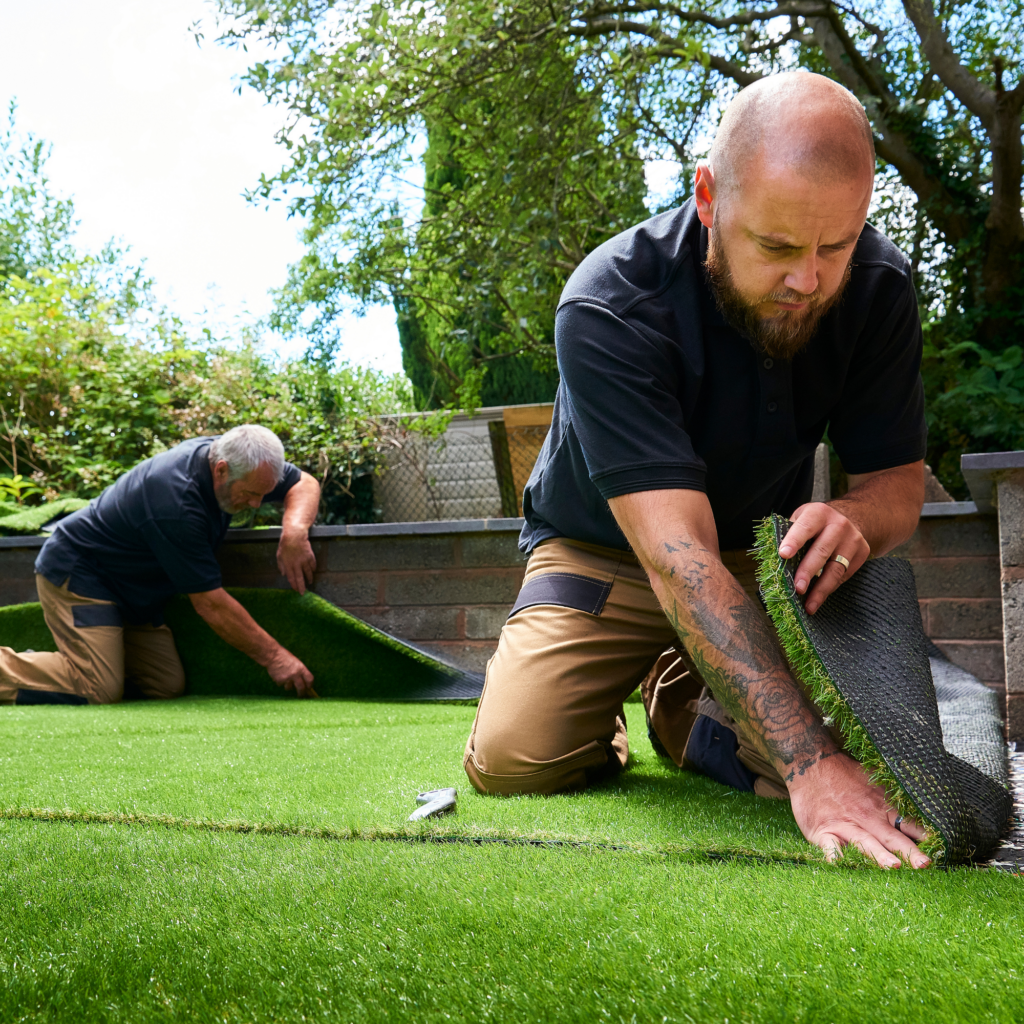
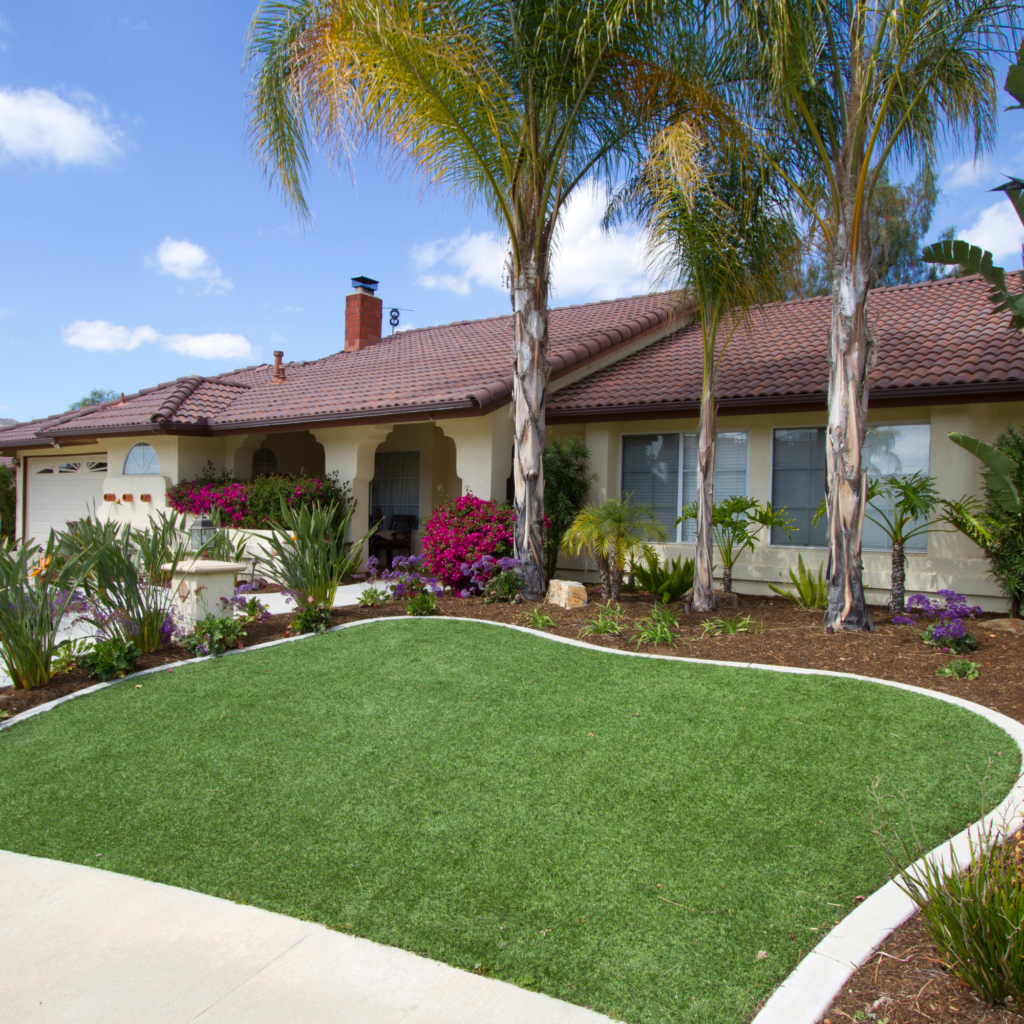
Pros of DIY Installation
- Cost Savings:
By taking on the project yourself, you can significantly reduce labor costs, making artificial turf installation more budget-friendly. - Flexibility:
DIY allows you to work at your own pace and schedule, giving you control over the timeline of your project. - Sense of Accomplishment:
Completing the installation yourself can be rewarding and give you a sense of pride in transforming your outdoor space. - Customization:
You can make on-the-spot decisions about adjustments, layout, or design, ensuring the final result aligns perfectly with your vision.
Cons of DIY Installation
- Skill and Knowledge Required:
Without proper expertise, it’s easy to make mistakes in grading, compacting, or cutting the turf, leading to uneven surfaces or drainage issues. - Specialized Tools Needed:
DIY installation often requires equipment like turf cutters, compactors, and seam tools, which can be expensive to rent or buy. - Time-Consuming:
Installing artificial turf is labor-intensive and can take significantly longer for someone without professional experience, especially for large or complex projects. - Potential for Errors:
Improper installation can compromise the turf’s appearance and durability, leading to costly repairs or even reinstallation. - Warranty Limitations:
Some manufacturers void warranties if the turf isn’t installed by a certified professional, potentially leaving you without coverage for defects or issues.
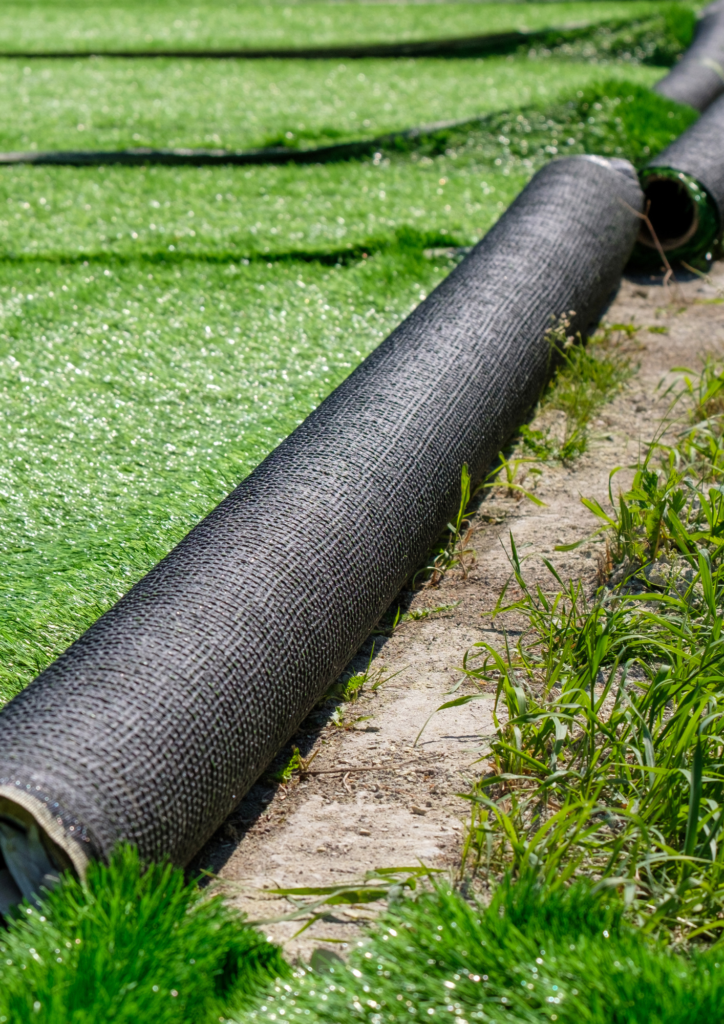
Bonus Tip: Consult a Professional
For the best results, consult with a trusted artificial turf provider. They can guide you through the selection process, recommend the ideal turf for your specific needs, and provide professional installation to ensure a seamless finish.
By keeping these tips in mind, you’ll be well-equipped to choose artificial turf that transforms your backyard into a beautiful, functional space you can enjoy year-round.
In Conclusion:
The Turf Talk: Tips for Finding the Best Artificial Grass for Your Space- If you’re considering upgrading your outdoor space with high-quality artificial turf, we’re here to help! Let us guide you in finding the perfect company to bring your vision to life, so you can move forward with peace of mind and confidence. Your dream backyard is just a call away!


